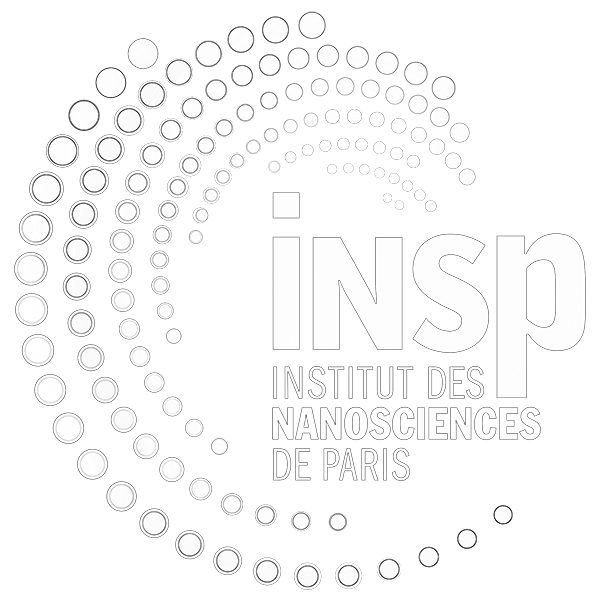Infrared electroluminescence using nanocrystals
Contact : el@insp.upmc.fr
Funding : INSP institute for nanosciences of Paris (CNRS and Sorbonne Université)
keywords : Experimental and Internship M2
Gratification : Oui
Team(s) internship page(s) : Chemical Physics and Dynamics of Surfaces
Internship description
CLICK ON “Internship description” to get the complete document
Scientific project: Nanocrystals are semiconductor nanoparticles with tunable optical features from UV to THz. They have become key building block of optoelectronics with their integration as light source in display. The INSP team is working on narrow band gap nanocrystals and their applications for infrared optoelectronics. Here, we use to work with HgTe nanocrystals presenting light emission in the 1-5 µm range. The goal of the project is to design/fabricate anc characterized light emitting diode from these nanocrystals. The INSP has obtained some promising preliminary results (ref 1-3) and now aim to psuh toward longer wavelength and purchase a brand new braod band spectrometer in this purpose. Current performances remain modest and LED design will benefit from new design strategies. Here we target to develop strategies where multiple photon can be obation per injected charge. A second aspect of the project will deal with light extractiona nd require to integrate at the LED level some light management strategies (4) based on nanoantenna. This part of the project will be done in collaboration with Quad team at LPENS
Ref from the group on the topic
1. Mercury Chalcogenide Quantum Dots: Material Perspective for Device Integration, Chemical Reviews 121 , 3627 (2021)
2. Electroluminescence from nanorystals above 2 µm, Nature photonics in press (2021)
3.Electroluminescence from HgTe Nanocrystals and its Use for Active Imaging, Nano Letters 20, 6185 (2020)
4. Plasmon‐Assisted Directional Infrared Photoluminescence of HgTe Nanocrystals, E Bossavit et al, Advanced Optical Materials, 2300863 (2023)
Methods and techniques: The work includes nanocrystal synthesis (with support from engineer), the LED fabrication (clean room, glove box processing), measurement by photoemission and optoelectronic device characterization. Skills in physics and chemistry are appreciated.

